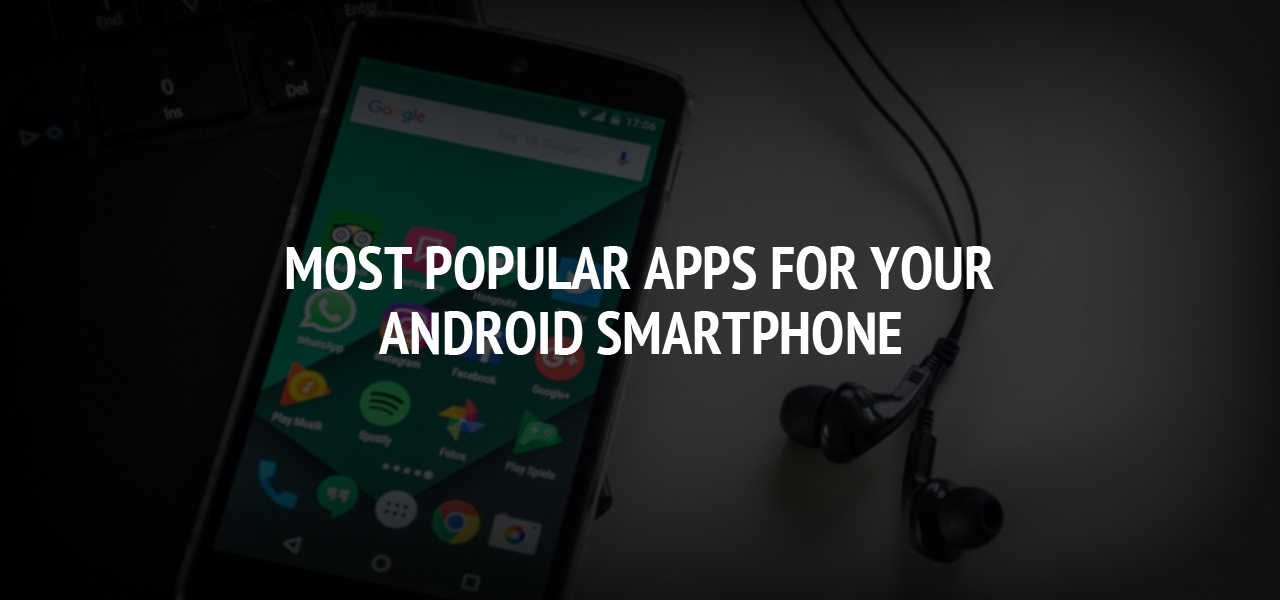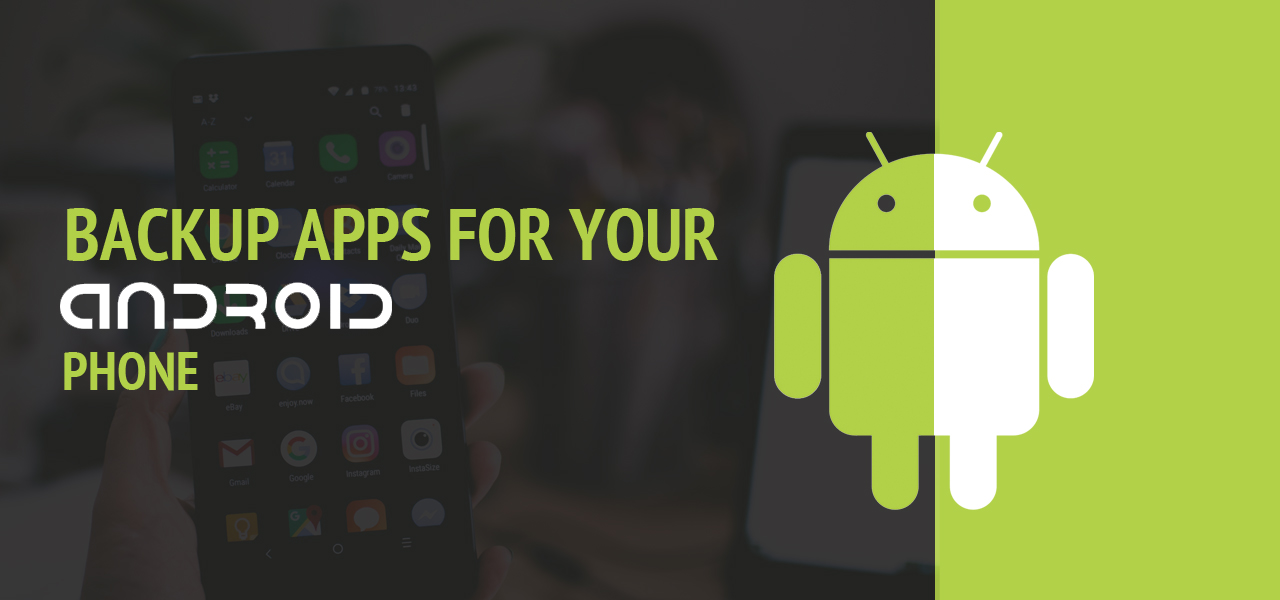Backend Architecture: The Most Significant Part of an Android Mobile Application
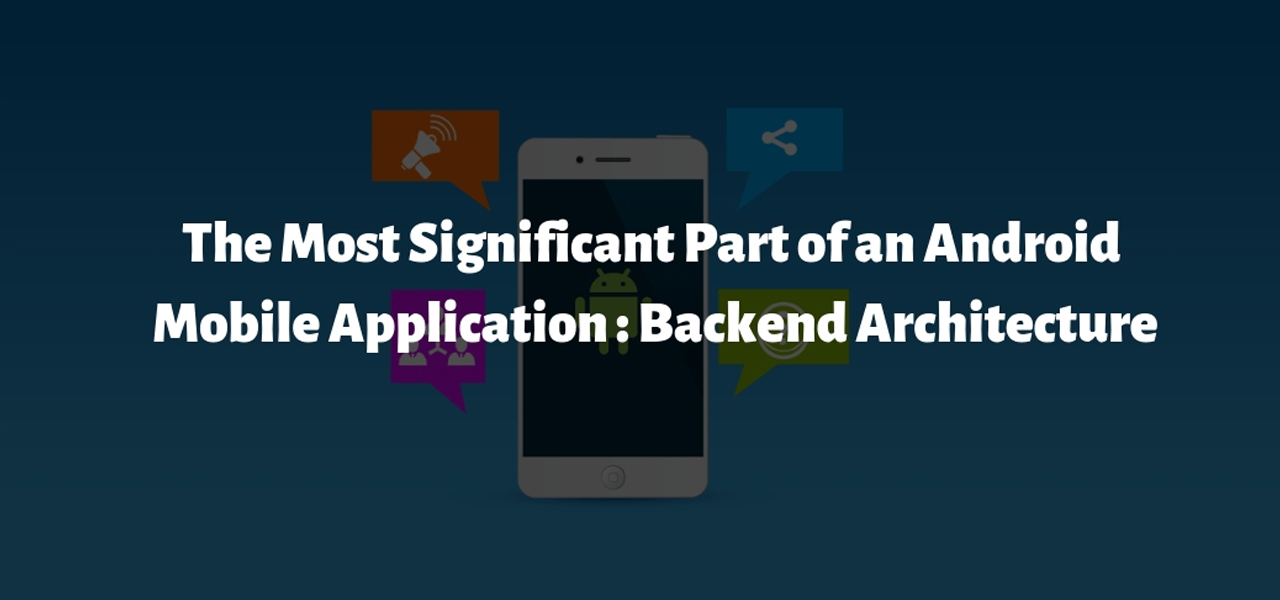
The increasing demand for smart phones with innovative features has created a perfect sphere for mobile application developers to reach out to the mass with innovative apps. Almost everything has an app these days. Whether you want to remind yourself to drink water or want to get a quick look at the trending news, you will find every kind of applications available in the stores. These apps have literally changed the way we have perceived the world and made it more convenient. The mobile app development services are now reaching out to the businesses of different kinds to give them a great platform in order to achieve a higher penetration in the market.
The mobile applications are now used to control electronic devices and also to find out your vital statistics. With the advent of new technologies, any electronic device can be connected to your smart phone via the applications. The application development process has also revolutionized. A creative app is different from that of the common ones in various aspects. One of the main aspects that make them stand out of the crowd is the backend architecture. To ensure that the backend architecture can handle the demands of the growing user base and the increasing complexity of the application, it is crucial to implement modern back-end development solutions.
Backend architecture
The mobile backend architecture is one of the most important factors that determine the functioning and usability of an app. There are excellent tools that are utilized to make the backend stronger and sturdier.
It is totally different from that of the frontend development part. The simplest way to define the differences is that the frontend is where the codes are written to set the appearance of the app. The backend section is responsible for the functionality of the app. An Android app development company will use the codes to translate the app’s design. It will be displayed to the users. The design will be made responsive and attractive for the users. In this aspect, the developers will have to ensure that the app is supported by all kinds of browsers, screen resolutions and operating systems.
A backend developer, on the other hand, creates the foundation of the applications. The server connectivity, content management system, displaying the content, conveying the commands, etc will be based on the framework of the app. The developers, in this case, create a proper logic to make everything fall in the right places.
Additional Helpful Resources:
- A Comprehensive Guide To Mobile App Design
- Do You Make These Simple Mistakes in Android app development?
- 10 Best Writing Apps for iOS and Android
Components of the backend architecture
The simplification of the backend architecture development will give us the details of the following tools and segments mentioned below.
-
Server
The servers can be either cloud-based or on-site. No matter what the choices are, the servers used by the backend architecture will be the lifeline. The backend server will be needed by the networks for operation and to act as a hosting platform. The shared resources will include file storage, encryption, decryption, security, database, email, web services, etc. The mobile app development company chooses a suitable server provision based on the type of app to be developed.
-
Database
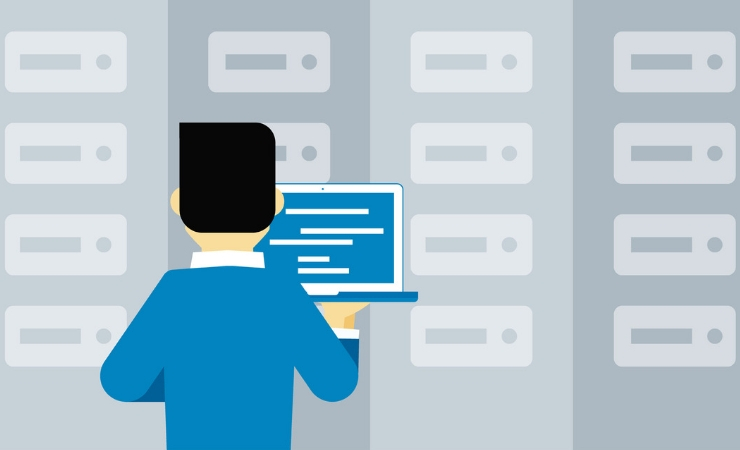
The database of the application should be dynamic. The users will provide requests to the interface. The requests will be processed by fetching the right set of data and then display it to the user. This is why the database makes an application dynamic. The database will also create a virtual platform that can be accessed by the users to edit, store, and/or erase data.
-
Middleware
As the name suggests, it can be easily understood that middleware is the bridging software that connects the backend with the frontend. This particular segment of the app establishes a connection between the server and a user. A suitable middleware can be very resourceful. A mobile application development service provider will prepare a very efficient middleware that can enhance the process management, authentication, user engagement, content management, etc.
Best tools for backend architecture development
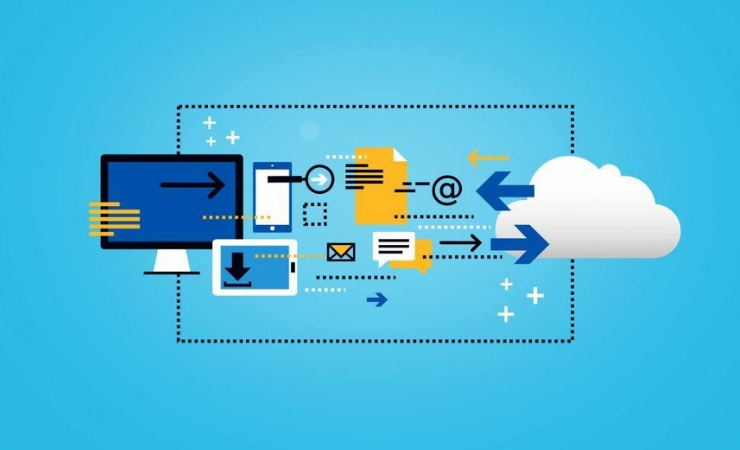
-
Tools for web servers
In this aspect, most of the android app development services use Apache or NGINX as the ideal web server development tools. Both the tools are open source platforms that can be used for caching, web serving, reverse proxy, load balancing, media streaming, etc. Apache is used by more than 50% of the developers around the world.
-
Database tools
In this aspect, the developers generally prefer MySQL or database fabrication and management. It is another open source platform that aids a quicker setup and scaling the operations faster.
-
Git Client
The tools like GitHub Client and SourceTree are used to interact with the Git repositories. These tools are used to manage repositories and provide developers time for focusing on the coding.
-
Microservice tools
The tools that are used for cluster management are Kubernetes and Docker.
-
Local development
XAMPP and WampServer are the two best tools for creating a development environment. The top android app development company uses these tools for the creation of web applications using MySQL, Apache, PHP, etc.
-
Application performance tools
AppLoader and Apache JMeter are used for the measurement of the performance of a developed app. The testing of the performances is done via these platforms incorporated into the backend architecture.
-
Service tools for collaboration
Jira and Slack are used for cloud-based messaging and collaboration services in the app format. Jira uses Kanban and Scrum for project management.
Backend framework: The most significant part
API is the most critical segment of an app's backend architecture. API is the lifeline that connects software, database, app interface, and services in a seamless manner. There are a few factors that determine mobile app backend architecture.
- The device features will bring screen size, resolution, CPU configuration, etc into account.
- The navigation features and the bandwidth consideration will also influence the API development.
The presentation layer is the user interface part visible to a user. The business layer comprises a service layer and domain layers. This layer will define the set of functions that will be available for the users.
Final words
The mobile app backend framework totally depends on the above mentioned segments. Designing it is the most important step that a developer has to take. The backend framework will determine the usability and efficiency of an android app.
About The Author
Related Blog
View All-
Most Popular Apps For Your Android Smartphone
People love to use their smartphones for their comfort on a daily basis. No matter what you are looking for, there is an app for almost every purpose. Here are a few apps that you definitely must have. Opera Mini This is the best browser for your Smartphone. ...
-
Backup Apps for Your Android Phone
There are several reasons why maintaining a backup of your Android phone is important. Switching phones is certainly easier when you can simply back up the entire phone and restore the backup image onto your new phone. Photos and videos are just as important to ...


